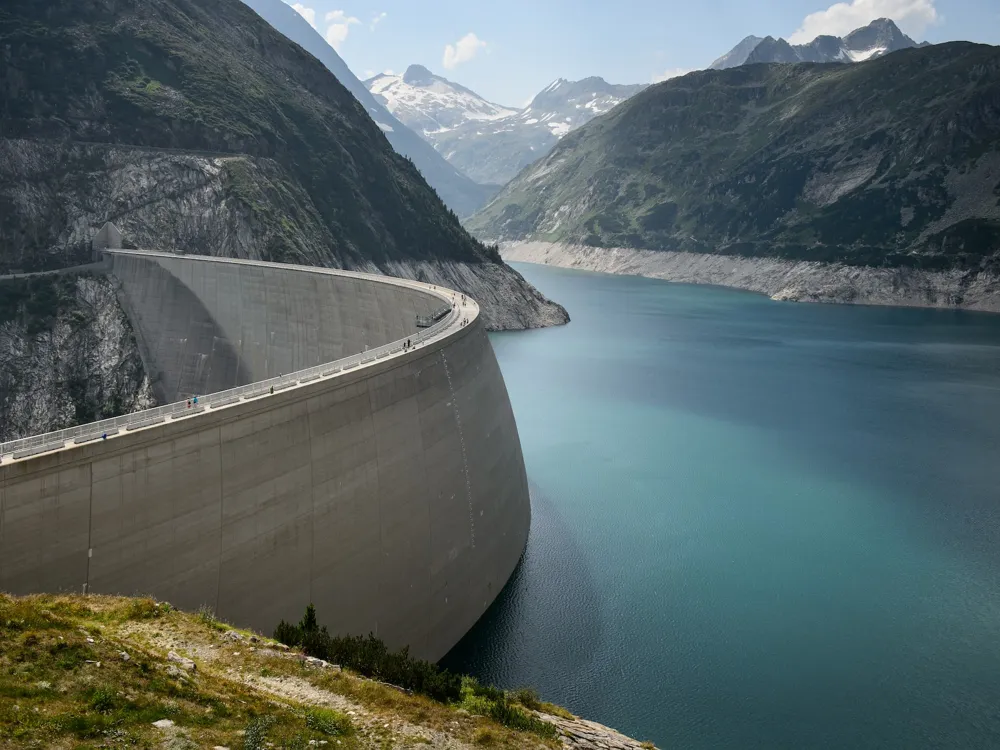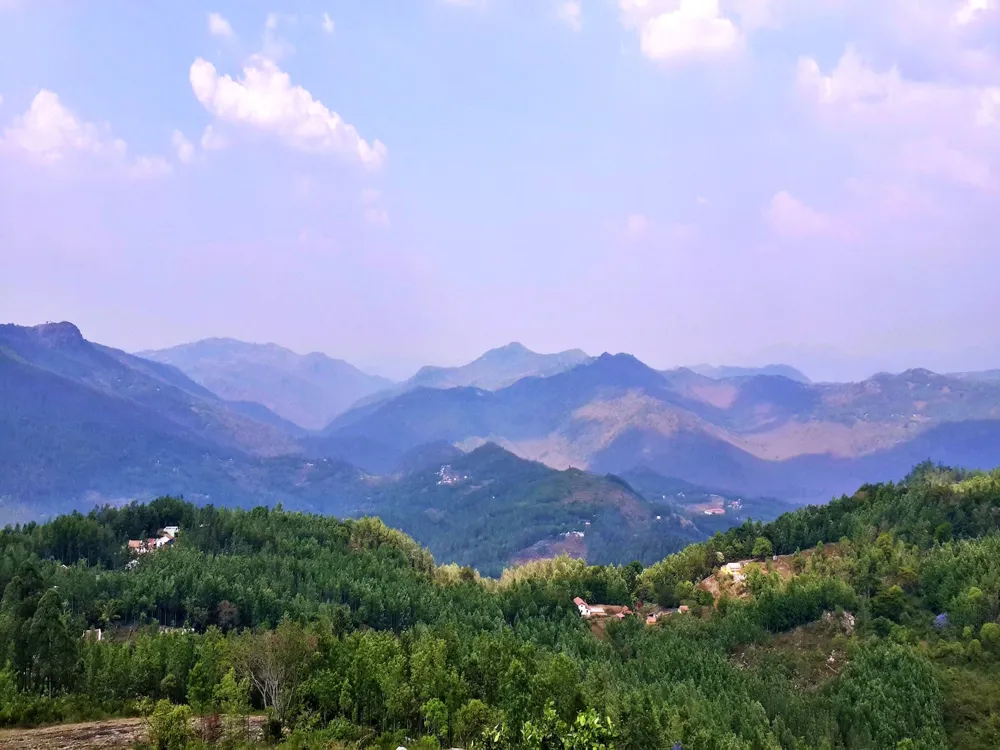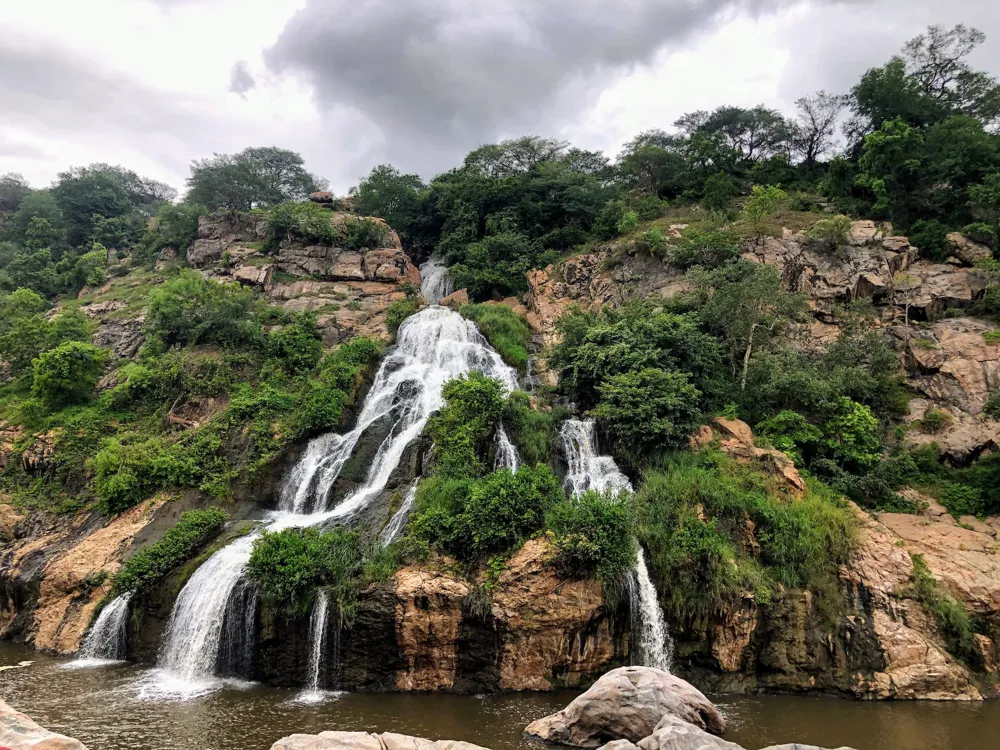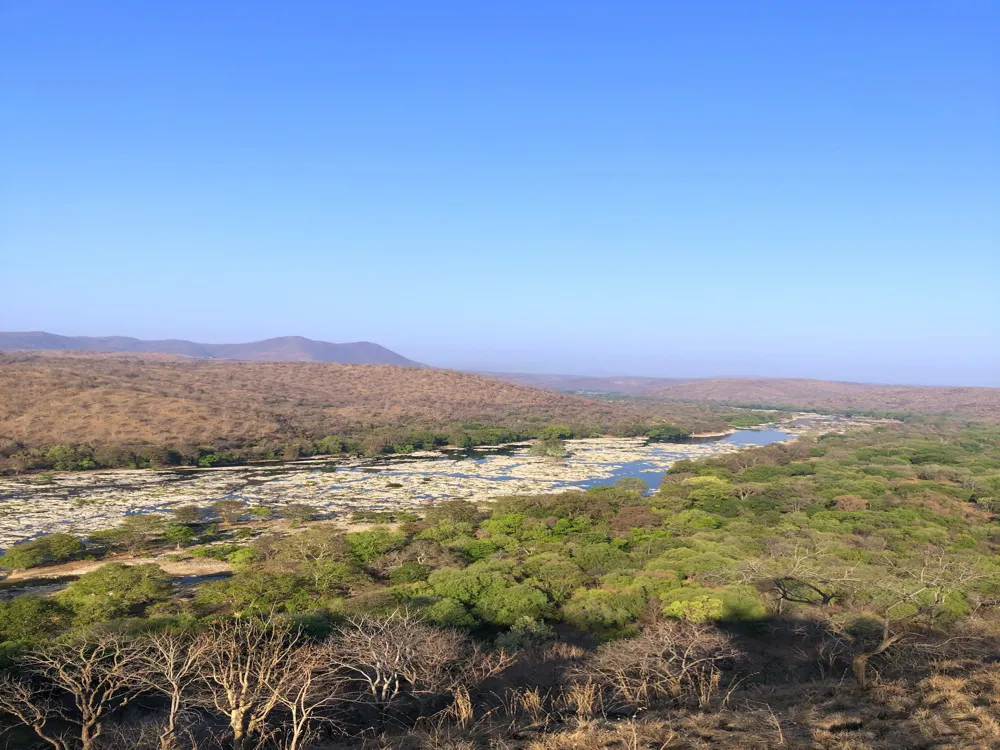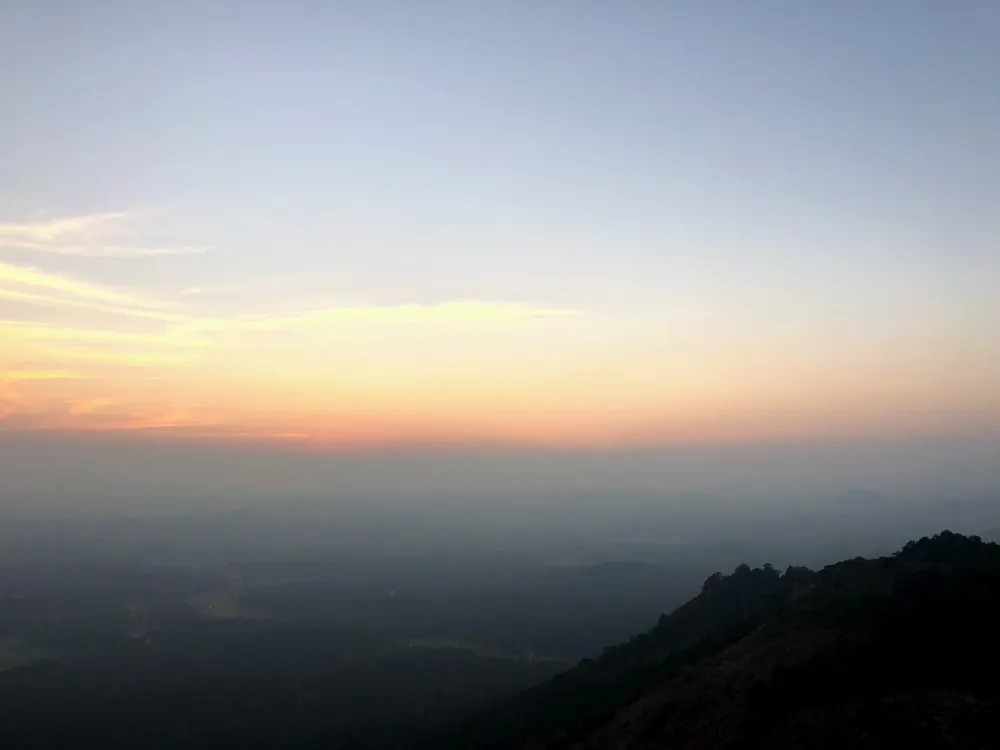Nestled in the lush landscapes of Tamil Nadu, the Mettur Dam stands as a monumental example of human ingenuity and engineering prowess. Not only does it play a pivotal role in irrigation and water supply in the region, but it also stands as a testament to the architectural and technological advancements of its time. This dam, located in the Salem District, spans the mighty Cauvery River and is one of the largest dams in India. Its significance extends beyond its primary function of water storage and flood control; it's a symbol of the harmonious blend of nature and technology. Constructed in 1934, Mettur Dam's history is as fascinating as its structure. It was built to harness the waters of the Cauvery River for irrigation and to prevent the devastating floods that were once common in this region. Over the years, it has not only fulfilled its intended purposes but has also become a hub for hydroelectric power generation, contributing significantly to the state's power supply. The dam's construction was a monumental task, involving groundbreaking techniques and a workforce of thousands, setting a benchmark in the field of civil engineering in India. The architectural design of Mettur Dam is a marvel in itself, reflecting the engineering capabilities of the early 20th century. Spanning over a kilometer in length and standing tall at 65 meters, the dam's massive structure is a sight to behold. The main dam, along with its auxiliary structures, was designed to withstand the test of time and nature's unpredictability. It comprises a straight gravity dam made from solid masonry, which is both robust and efficient in water management. The dam's design includes a series of sluice gates and shutters, strategically placed to control the flow of water. These gates are engineering feats, capable of handling vast volumes of water and regulating the reservoir's water levels. The meticulous planning and precision involved in the dam's construction are evident in its ability to control floods, supply water for irrigation, and generate hydroelectric power simultaneously. The hydroelectric power station at Mettur, with its turbines and generators, is an integral part of the dam's architecture, showcasing the multifaceted nature of this grand structure. The ideal time to visit Mettur Dam is between October and March when the weather is pleasant, and the water levels are usually high, offering a spectacular view. While visiting the dam, adhere to safety guidelines. Stay within designated areas, follow the signs, and avoid venturing near the water, especially during high tide or heavy rain. For photography enthusiasts, the dam offers breathtaking views, especially during sunrise and sunset. Carry a good camera and capture the panoramic vistas and the architectural grandeur of the dam. Explore nearby attractions such as Hogenakkal Falls, which is a short drive from the dam. Also, visit the lush green parks and gardens around the dam for a complete experience. Mettur Dam is well-connected by road, rail, and air. The nearest airport is in Salem, from where you can hire a taxi or take a bus to reach the dam. By train, the nearest station is Mettur Dam Railway Station, which is well connected to major cities. If you prefer road travel, regular bus services from various parts of Tamil Nadu make it easily accessible. The drive to Mettur Dam is scenic, with picturesque views of the countryside and the Cauvery River. Read More:Overview of Mettur Dam, Hogenakkal, Tamil Nadu
Architecture of Mettur Dam
Tips When Visiting Mettur Dam
Best Time to Visit
Safety Precautions
Photography Tips
Nearby Attractions
How to Reach Mettur Dam
Mettur Dam
Hogenakkal
Tamil Nadu
NaN onwards
View hogenakkal Packages
Weather :
Label : Must Visit
Tags : Dam
Timings : During day
Time Required : 2-3 hours
Planning a Trip? Ask Your Question
Hogenakkal Travel Packages
View All Packages For Hogenakkal
Top Hotel Collections for Hogenakkal

Private Pool

Luxury Hotels

5-Star Hotels

Pet Friendly
Top Hotels Near Hogenakkal
Other Top Ranking Places In Hogenakkal
View All Places To Visit In hogenakkal
View hogenakkal Packages
Weather :
Label : Must Visit
Tags : Dam
Timings : During day
Time Required : 2-3 hours
Planning a Trip? Ask Your Question
Hogenakkal Travel Packages
View All Packages For Hogenakkal
Top Hotel Collections for Hogenakkal

Private Pool

Luxury Hotels

5-Star Hotels

Pet Friendly










